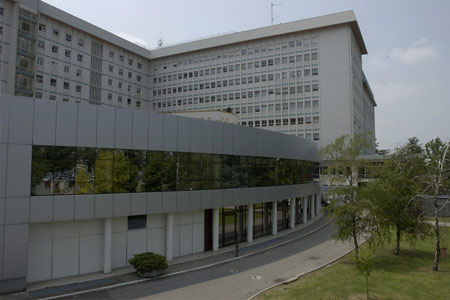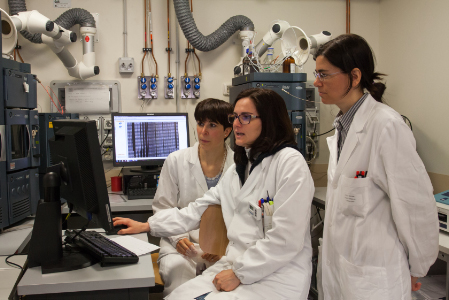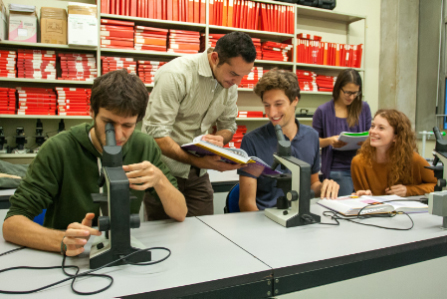Leukocyte trafficking is a central homeostatic mechanism of the immune system and its understanding is essential to develop treatments of inflammatory and autoimmune diseases. In this project, the coordinated activity of four research units, each one specialized in different aspects of leukocyte trafficking, will investigate distinct, yet complementary, aspects of the process of leukocyte trafficking with the purpose of pushing forward basic and applied knowledge in the filed. The participants to the project already provided, in the past years, fundamental contributions in the field, as shown by recent publications.
The units will develop four different, complementary, research lines:
1) Analysis of inside-out and outside-in signaling mechanisms, concurrently triggered by chemokines and integrins, and controlling leukocyte integrin affinity, post-binding stabilization and crawling under-flow (Unit A, Laudanna-Berton)
2)Role of the rho GAPs in leukocyte recruitment (Unit B, Hirsch)
3)Role of chemokine decoy receptors in leukocyte mobilization and trafficking from/in the bone marrow (Unit C, Bonecchi)
4)Molecular mechanisms of leukocyte trafficking in the pathogenesis of EAE and epilepsy (Unit D, Fabene-Constantin)
As far as the Unit A (Laudanna-Berton) is concerned, this unit will investigate the signaling networks triggered by chemokines (inside-out) and by integrins (outside-in) and controlling the overall process of arrest, adhesion stabilization and crawling of leukocytes under-flow. The study will focus on a deeper characterization of the rho-signaling module of LFA-1 affinity modulation recently discovered by the group of prof. Laudanna (Bolomini-Vittori M, et al., Nat Immunol. 2009 10(2):185-94) and will aim to the characterization of up-stream regulators and down stream effectors of this pro-adhesive module triggered by chemokines. The unit will also investigate the role of integrin-triggered signaling in adhesion stabilization and cell crawling in flow conditions, with specific focus on the role of SFK PTKs targets and Abl1, previously characterized by the group of prof. Berton in the context of leukocyte motility triggered by integrins (Baruzzi et al. FEBS Lett. 584: 15-21, 2010).
As far as the Unit B (Hirsch) is concerned, this unit will investigate the regulatory role of the Rac1 GAP ArhGAP15 in the control of various leukocyte pro-inflammatory activities, including adhesion, crawling, chenotaxis and free radical release by means of the analysis of recently generated KO mice and in straight cooperation with the other units.
As far as the Unit C (Bonecchi) is concerned, this unit will investigate the role of the decoy receptor D6, previously studied by dr. Bonecchi (Savino B, et al. J Biol Chem. 2009 284(38):26207-15; Bonecchi R, et al. Curr Top Microbiol Immunol 2010), in the modulation of leukocyte mobilization and trafficking from/in the bone marrow, including analysis of cell adhesion and chemotaxis in straight cooperation with the other units.
As far as the Unit D (Fabene) is concerned, this unit will investigate molecular mechanisms of leukocyte trafficking in the specific contact of EAE and epilepsy. Previous work by dr. Costantin and others showed the importance of leuckoyte recruitment in the pathogenesis of EAE. More recently dr. Fabene and dr. Constantin published a fundamental work demonstrating the critical role of leukocyte recruitment in epilepsy (Fabene PF et al. Nat Med. 2008, 14(12):1377-83). Thus, this unit will investigate in animal models of EAE and epilepsy the pathogenetic relevance of specific molecular mechanisms of leukocyte recruitment, in straight cooperation with the other three units.
Overall, the development of project will provide new fundamental insights on the regulatory mechanisms of leukocyte trafficking under physio-pathological conditions with potential impact on the design of novel therapeutic strategies.







